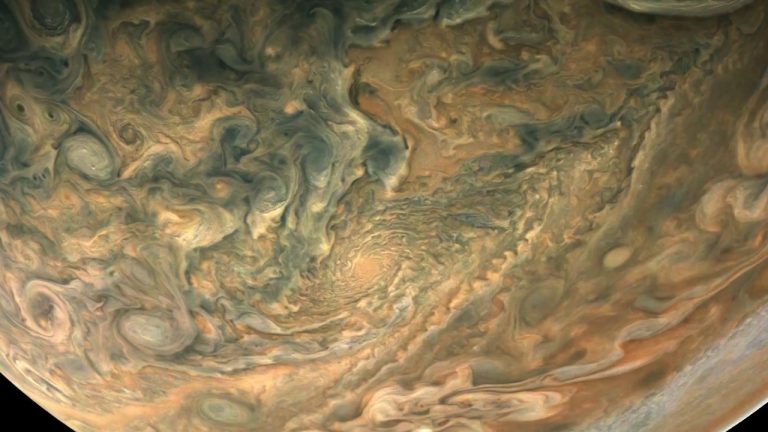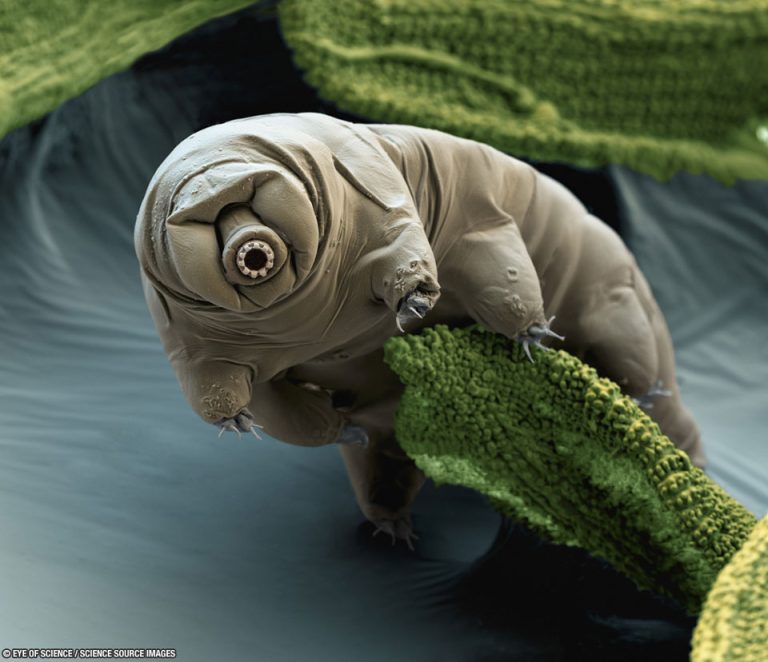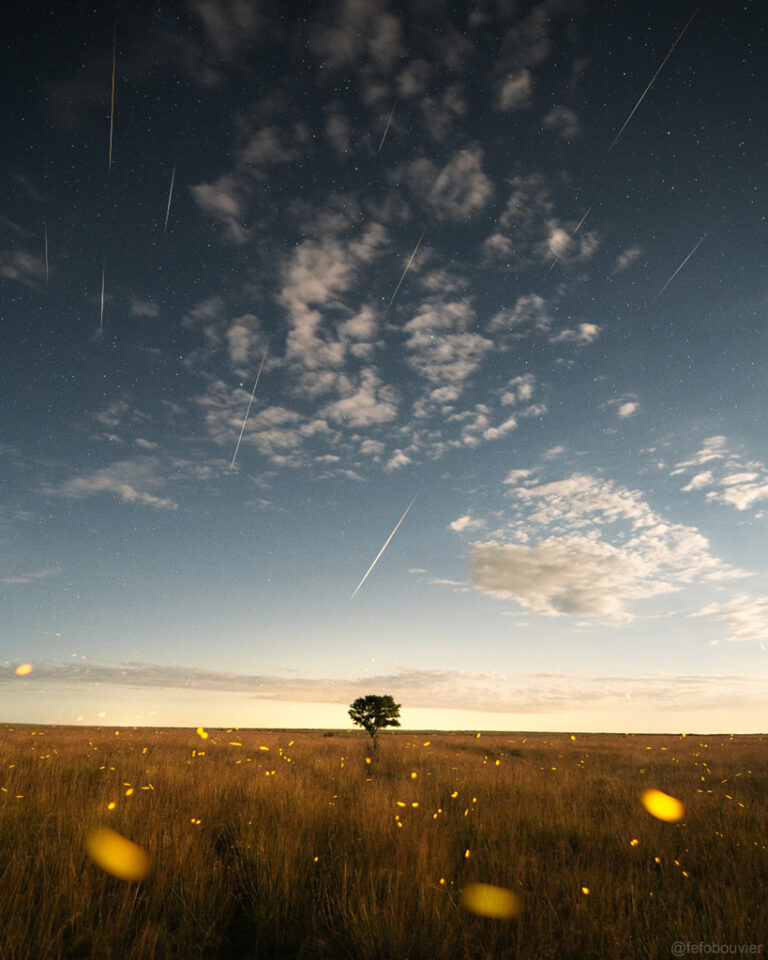近木轨道11: 掠过木星
See Explanation. Clicking on the video will download the highest resolution version available.
请参阅说明。单击视频将下载可用的最高分辨率版本。

See Explanation. Clicking on the video will download the highest resolution version available.
请参阅说明。单击视频将下载可用的最高分辨率版本。

2023年5月21日 Tardigrade in Moss Image Credit & Copyright: Nicole Ottawa & Oliver Meckes / Eye of Science / Science Source Images Explanation: Is this an alien? Probably not, but of all the animals on Earth, the tardigrade might be the best candidate. That’s because tardigrades are known to be able to go for decades without food or water, to survive temperatures from near absolute zero to well above the boiling point of water, to survive pressures from near zero to well above that on ocean floors, and to survive direct exposure to dangerous radiations. The far-ranging survivability of these extremophiles was tested in 2011 outside an orbiting space shuttle. Tardigrades are so durable partly because they can repair their own DNA and reduce their body…

2021年12月16日 Geminids of the South Image Credit & Copyright: Fefo Bouvier Explanation: Fireflies flash along a moonlit countryside in this scene taken on the night of December 13/14 from southern Uruguay, planet Earth. On that night meteors fell in the partly cloudy skies above during the annual Geminid meteor shower. Frames recorded over a period of 1.5 hours are aligned in the composite image made with the camera facing south. That direction was opposite the shower’s radiant toward the north and so the Geminid meteor streaks appear to converge at an antiradiant below the southern horizon. The shower’s apparent radiant (and antiradiant) is just due to perspective though. As Earth sweeps through the dust trail of mysterious asteroid 3200 Phaethon, the dust grains that create…

2020年12月17日 Gemini’s Meteors Image Credit & Copyright: Stefano Pellegrini Explanation: Taken over the course of an hour shortly after local midnight on December 13, 35 exposures were used to create this postcard from Earth. The composited night scene spans dark skies above the snowy Italian Dolomites during our fair planet’s annual Geminid meteor shower. Sirius, alpha star of Canis Major and the brightest star in the night, is grazed by a meteor streak on the right. The Praesepe star cluster, also known as M44 or the Beehive cluster, itself contains about a thousand stars but appears as a smudge of light far above the southern alpine peaks near the top. The shower’s radiant is off the top of the frame though, near Castor and Pollux…